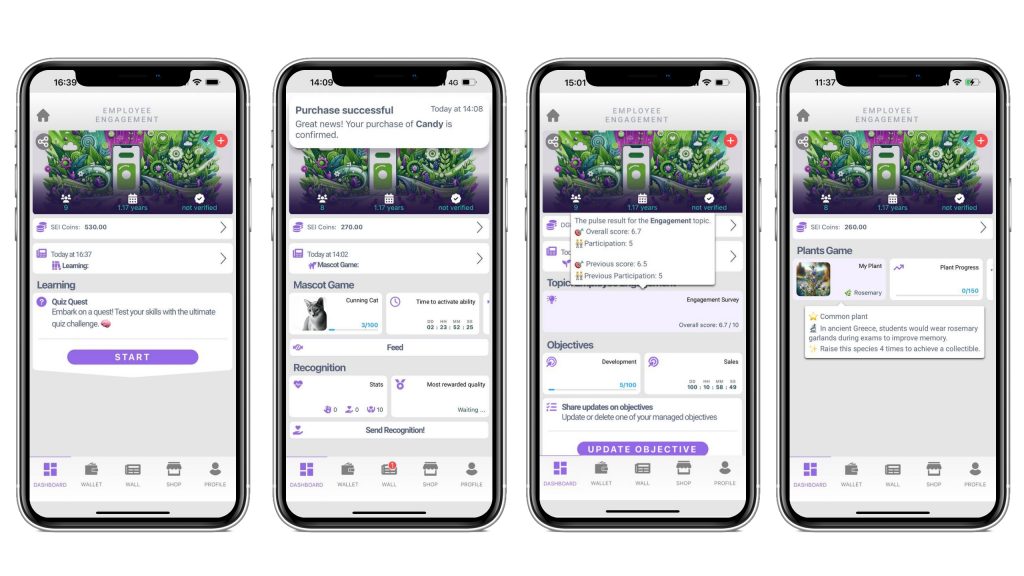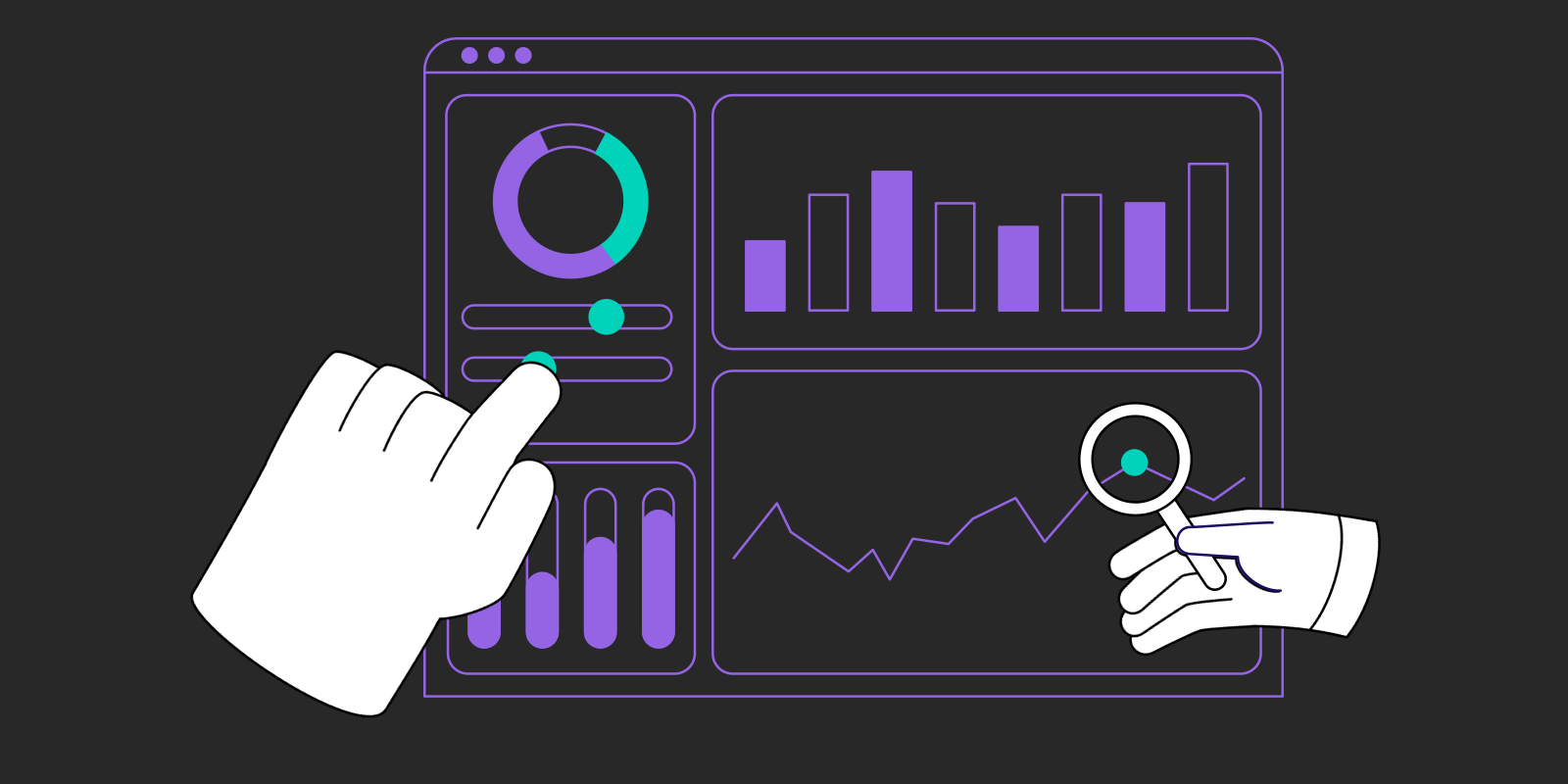Introducere
In the evolving landscape of business management, the tools and strategies we once relied on are being reexamined. Key Performance Indicators (KPIs) have long been the gold standard for measuring success, but as organizations grow more complex, there’s a growing recognition that numbers alone can’t capture the full picture. KPIs are essential, but when they are the sole focus, they can miss the nuances of what truly drives success—human behavior. This shift toward behavior-driven performance management is becoming increasingly important for companies striving for sustainable growth and innovation.
The Limitations of KPIs
KPIs have their place—they provide a quantitative measure of success and can help align teams toward common goals. However, there are several key limitations:
- Surface-Level Data: KPIs often offer a snapshot of performance without context. They can tell you “what” is happening, but not “why.”
- Short-Term Focus: KPIs tend to drive short-term thinking. Employees may focus on hitting numbers at the expense of long-term strategy or customer satisfaction.
- Potential for Manipulation: In some cases, KPIs can be gamed. Employees might focus on meeting the specific metrics at the expense of other critical behaviors, leading to a distortion of the intended outcome.
- Ignoring Human Factors: Numbers can’t account for the complexities of human behavior, motivation, or creativity—factors that are often the real drivers of innovation and long-term success.
Why Behaviors Matter More
Focusing on behaviors means looking beyond the numbers to understand what actions and attitudes are driving performance. Here’s why behavior-driven performance management is gaining traction:
- Root Cause Analysis: While KPIs tell you what happened, behaviors tell you why it happened. Understanding behaviors allows managers to address the root causes of performance issues and replicate successful actions.
- Sustainable Performance: Behaviors focus on the process rather than just the outcome. Encouraging positive behaviors ensures that performance improvements are sustainable over time, rather than just a one-time spike to hit a target.
- Employee Engagement: Employees are more engaged when they understand how their actions contribute to the broader goals of the company. Recognizing and rewarding behaviors fosters a positive culture that drives both performance and satisfaction.
- Adaptability: In a rapidly changing environment, the ability to adapt is crucial. Behaviors like curiosity, resilience, and teamwork are essential for navigating change and are more flexible than rigid KPIs.
Implementing a Behavior-Driven Performance Management Strategy
To shift from a KPI-driven approach to one that emphasizes behaviors, consider these strategies:
- Identify Key Behaviors: Determine which behaviors align with your company’s goals and values. This might include customer focus, innovation, collaboration, or continuous learning.
- Align Behaviors with Metrics: KPIs don’t have to be abandoned entirely. Instead, align your metrics with the desired behaviors. For example, if collaboration is key, measure team success rather than individual output.
- Incorporate Behavioral Feedback: Regularly gather feedback on employee behaviors. Use this feedback to coach and develop your team, helping them understand how their actions impact the broader organization.
- Reward and Recognize: Shift your recognition programs to focus on behaviors rather than just outcomes. Recognize employees who consistently demonstrate the behaviors that drive success.
Case Study: More Gamification and Behavior-Driven Performance Management
One of the most innovative tools for managing and influencing employee behaviors is More Gamification. By integrating gamification into everyday tasks, More Gamification allows managers to reinforce positive behaviors in real-time, making it an excellent tool for behavior-driven performance management.

- Real-Time Feedback: More Gamification uses AI to provide employees with immediate feedback on their behaviors, helping them adjust and improve continuously.
- Behavioral Incentives: The platform rewards employees not just for hitting targets, but for exhibiting the behaviors that lead to long-term success, such as teamwork, initiative, and problem-solving.
- Engagement Analytics: More Gamification tracks employee engagement and behavior patterns, giving managers insights into what drives performance and where interventions might be needed.
Concluzie
KPIs are far from obsolete, but their limitations mean they shouldn’t be the sole focus of performance management. By shifting the focus to behaviors, companies can address the underlying drivers of success, creating a more engaged, adaptable, and high-performing workforce. Behavior-driven performance management, supported by tools like More Gamification, makes it easier to recognize and reward the behaviors that matter most, ensuring that teams are aligned not just on hitting numbers, but on building a sustainable path to success.
As the business landscape continues to evolve, those who adapt their management strategies to focus on behaviors rather than just metrics will be better equipped to thrive in the long term.


